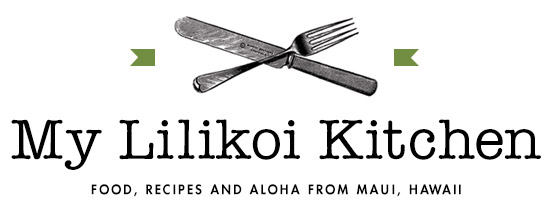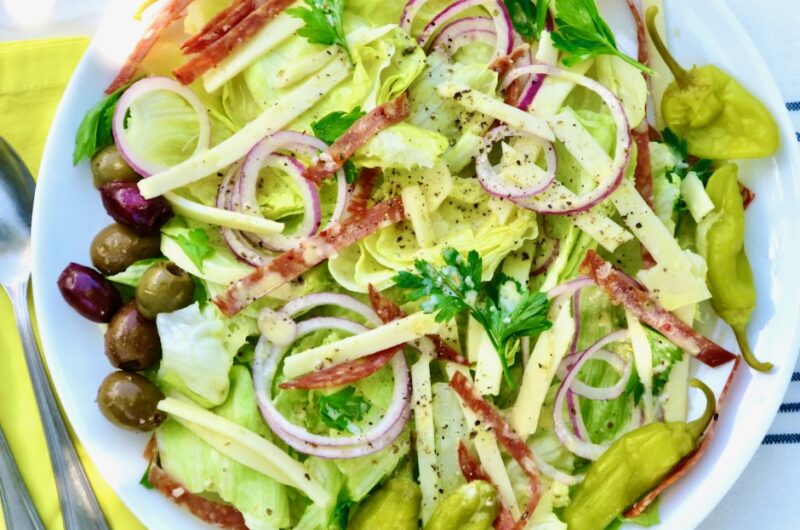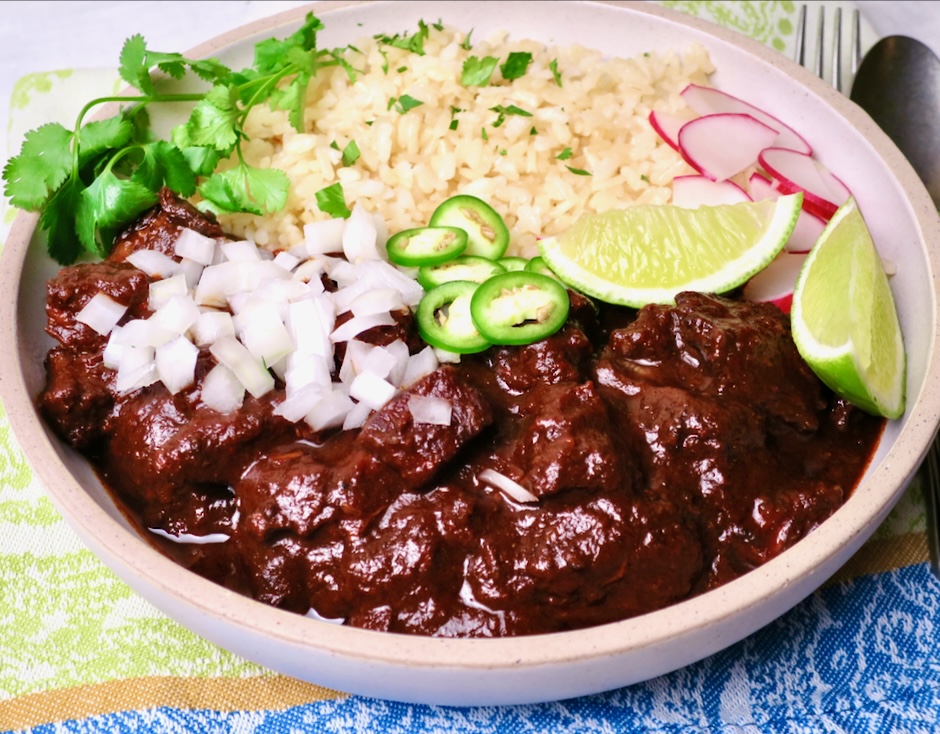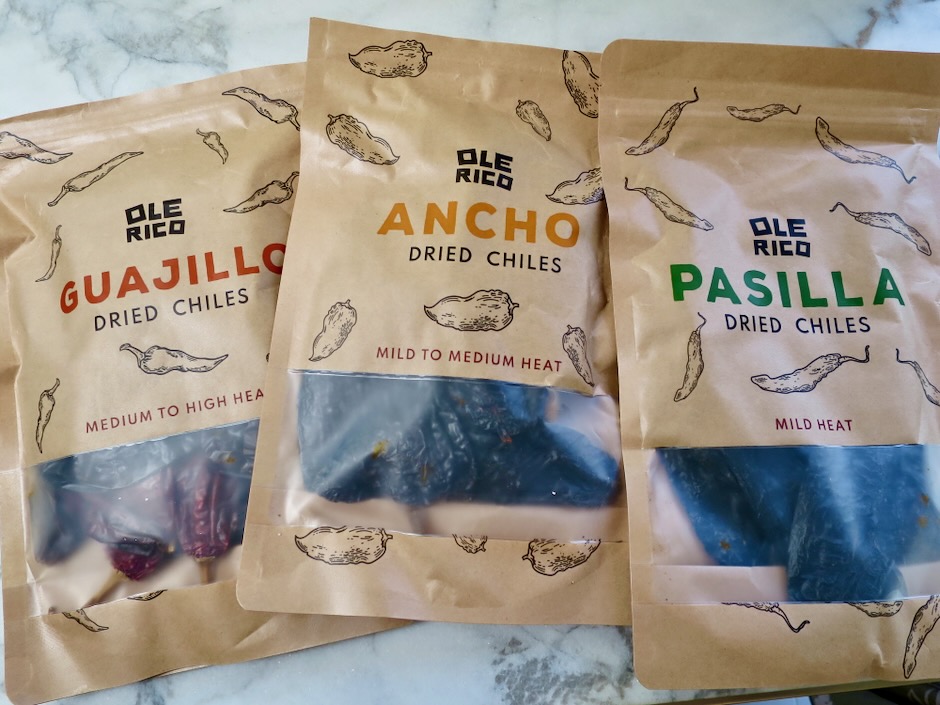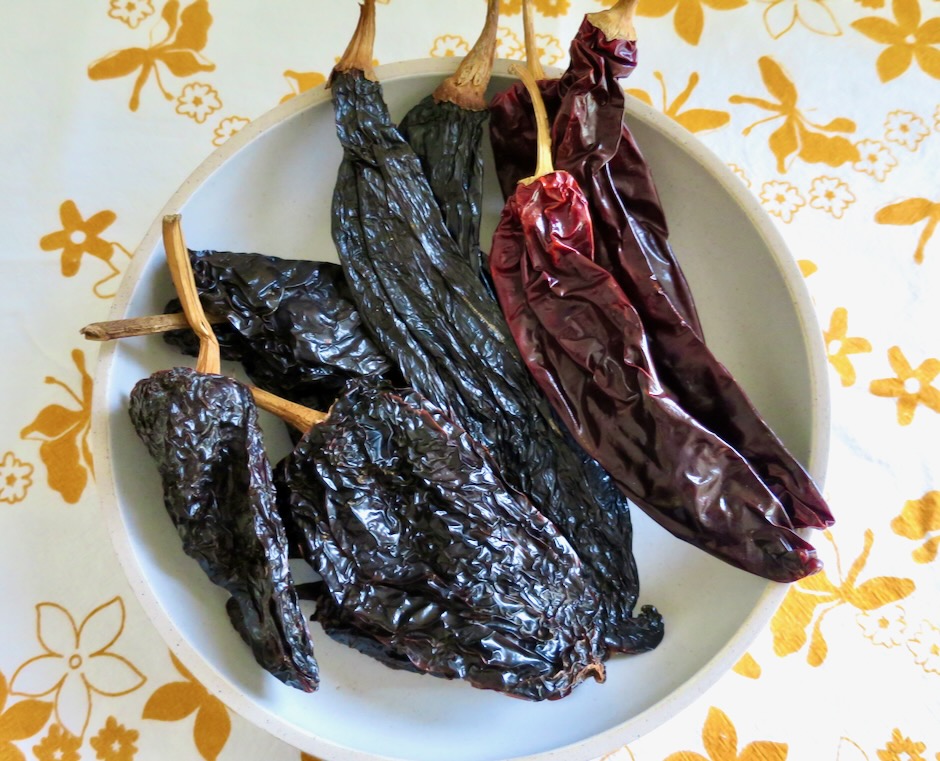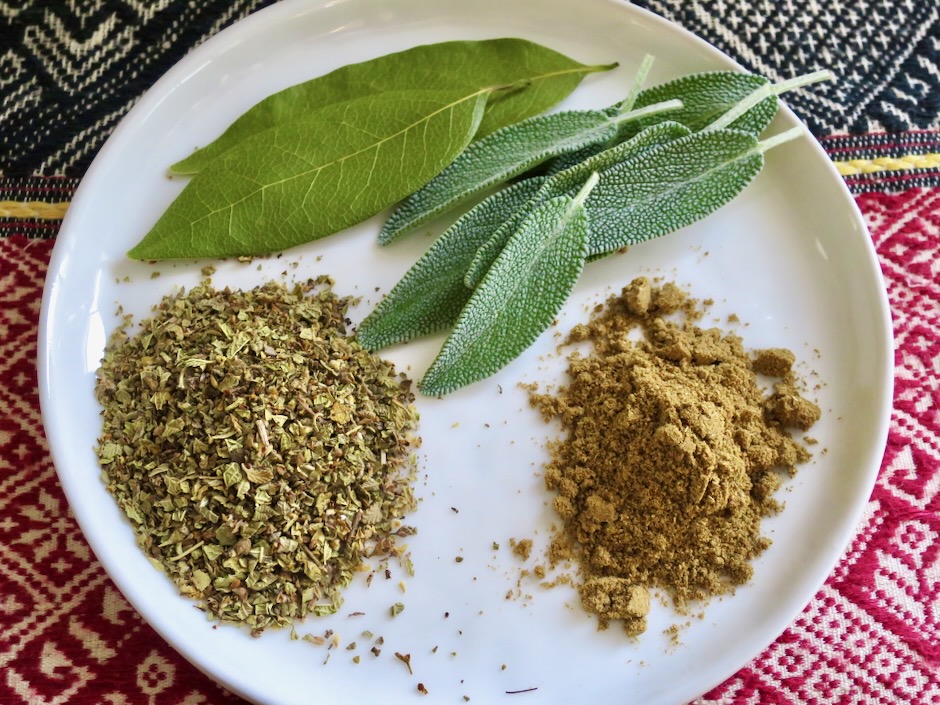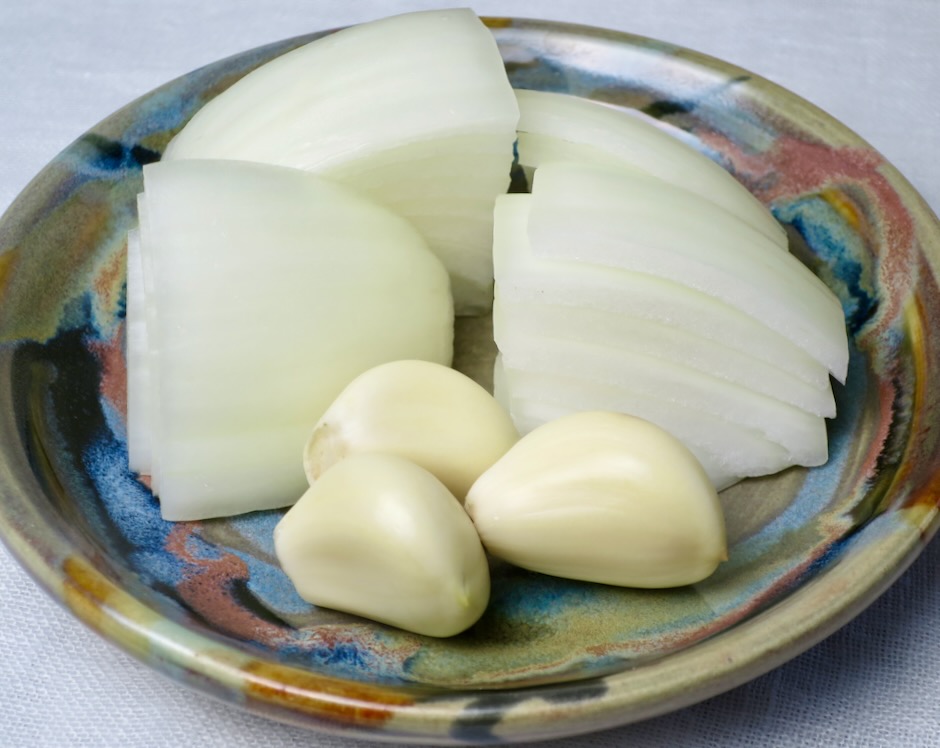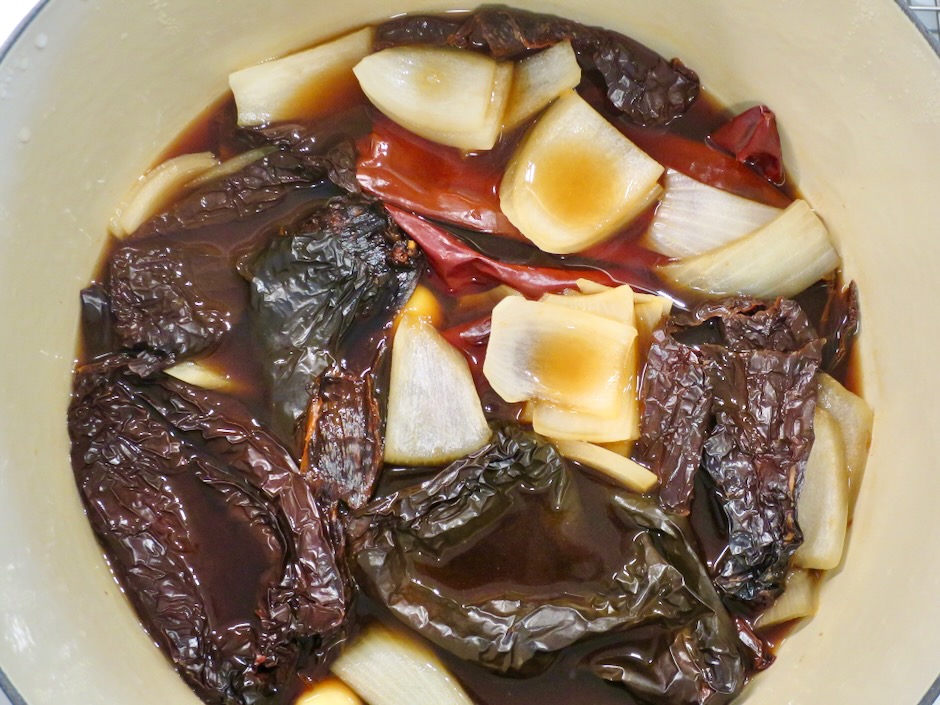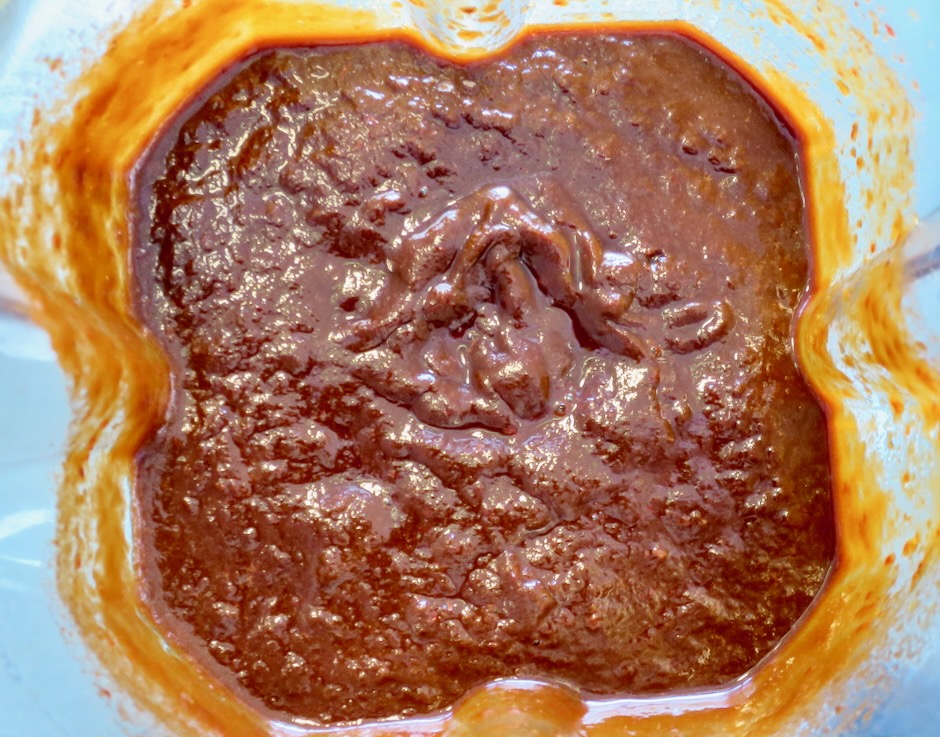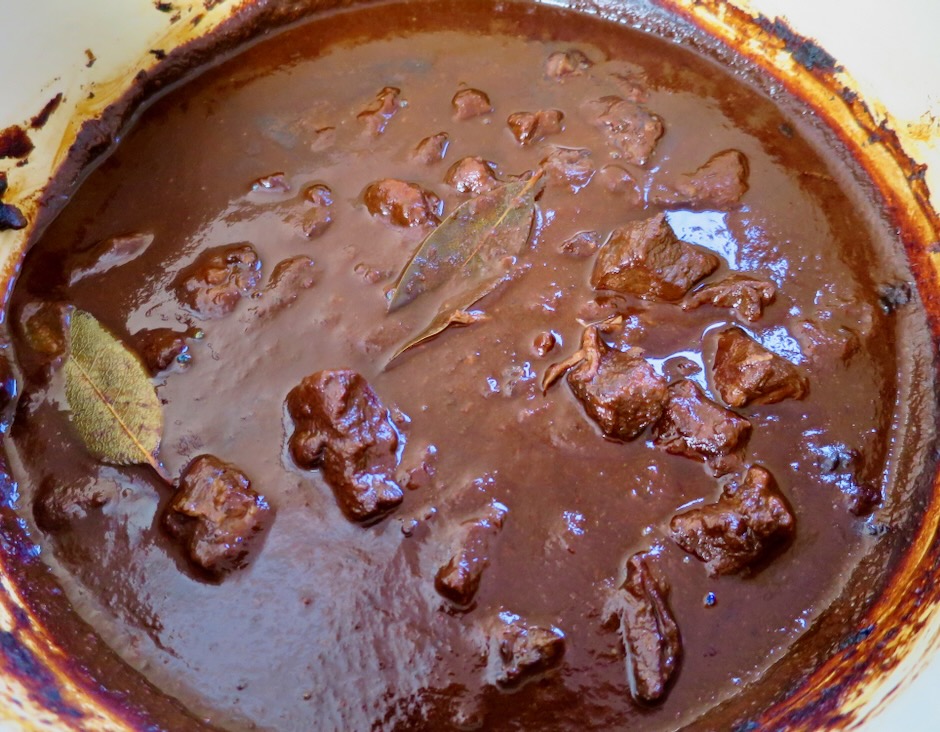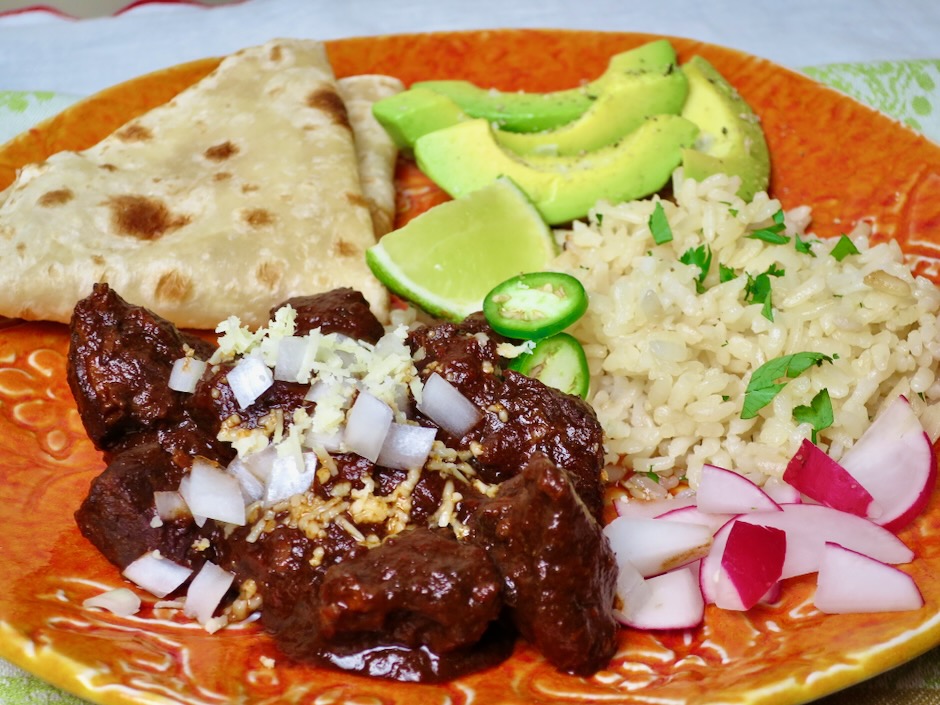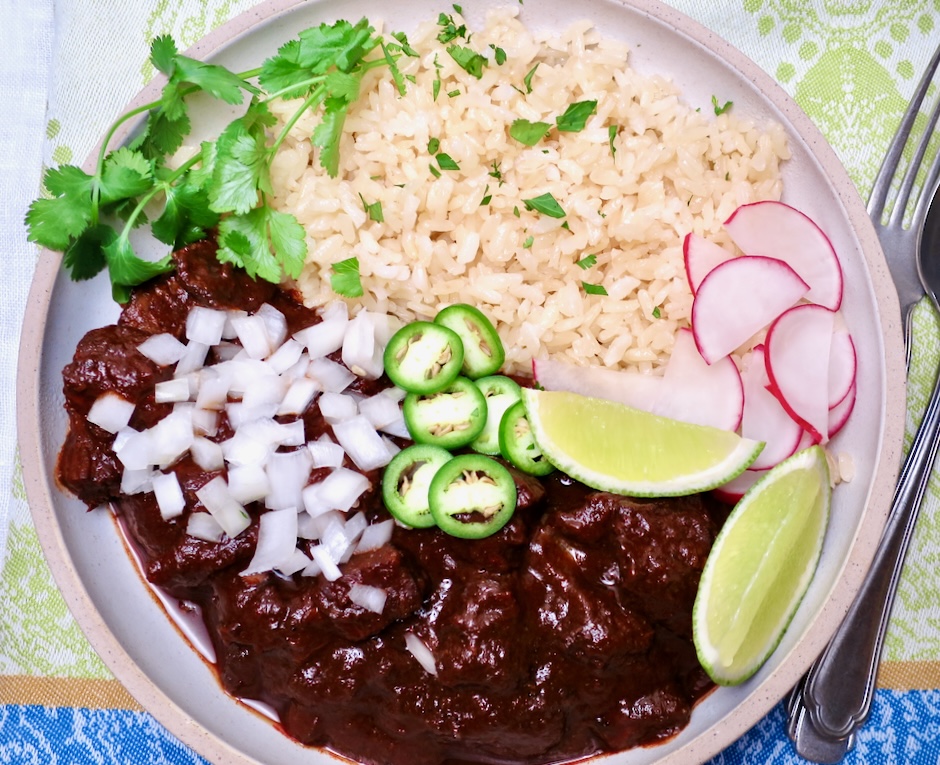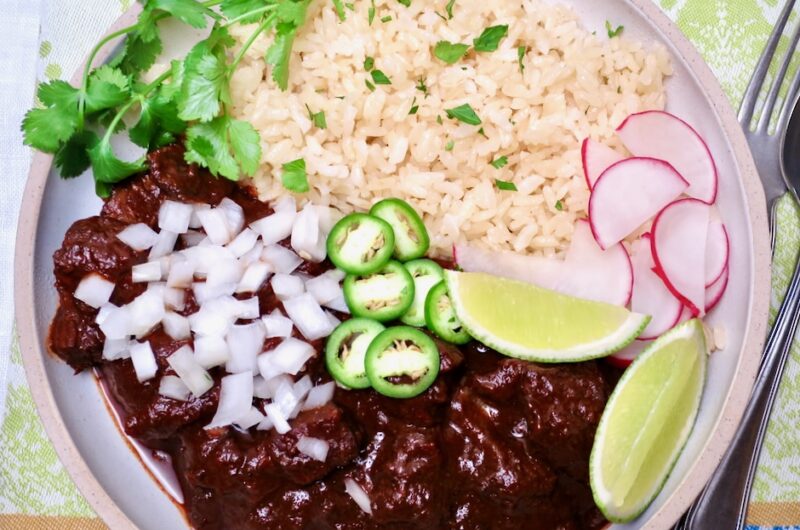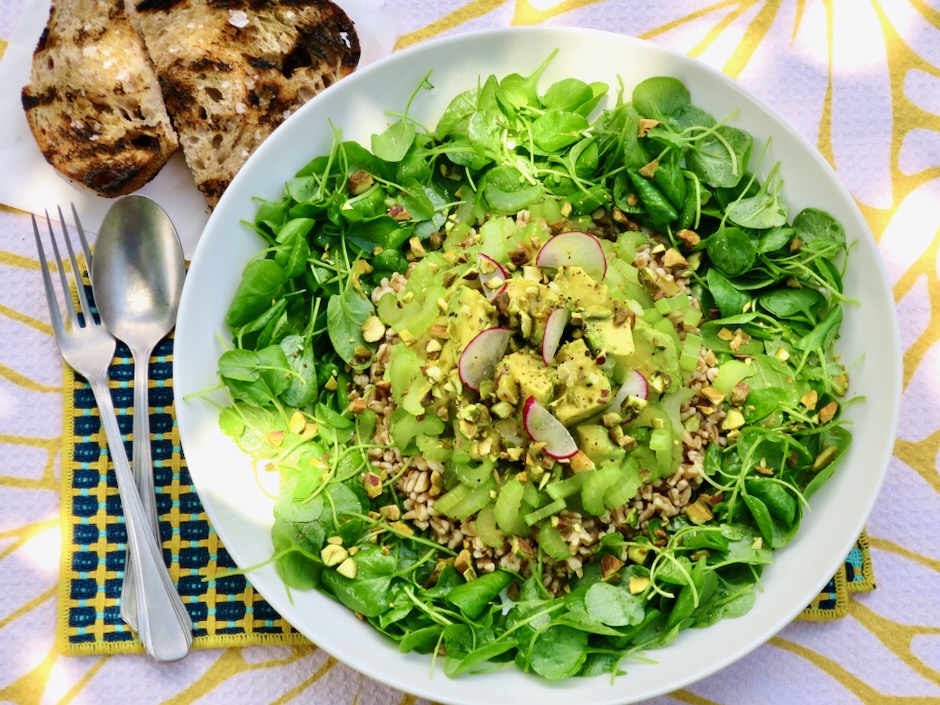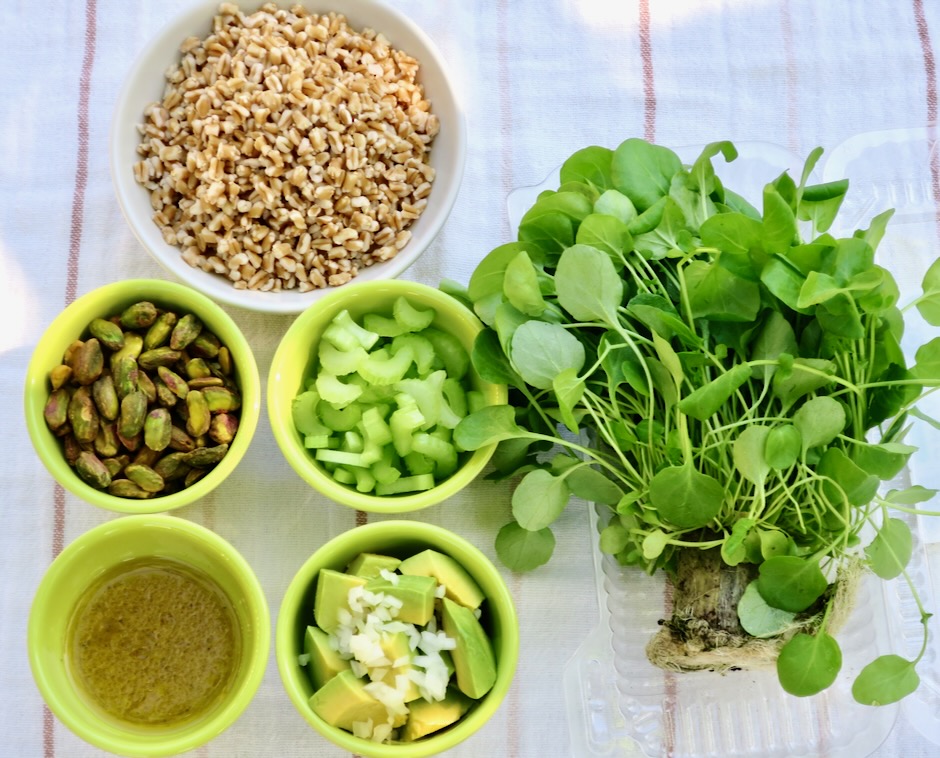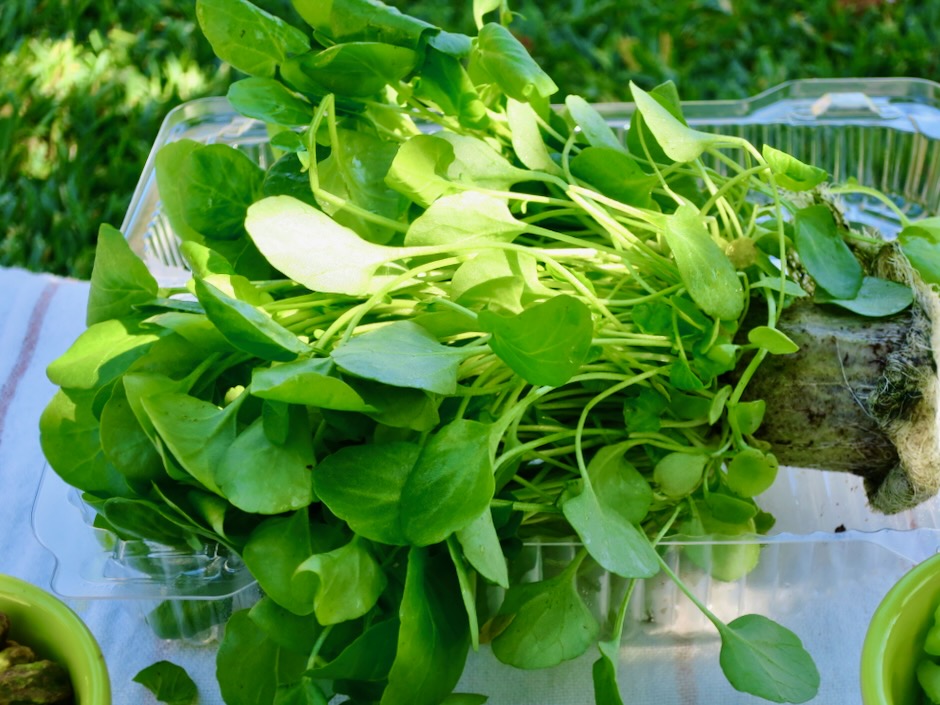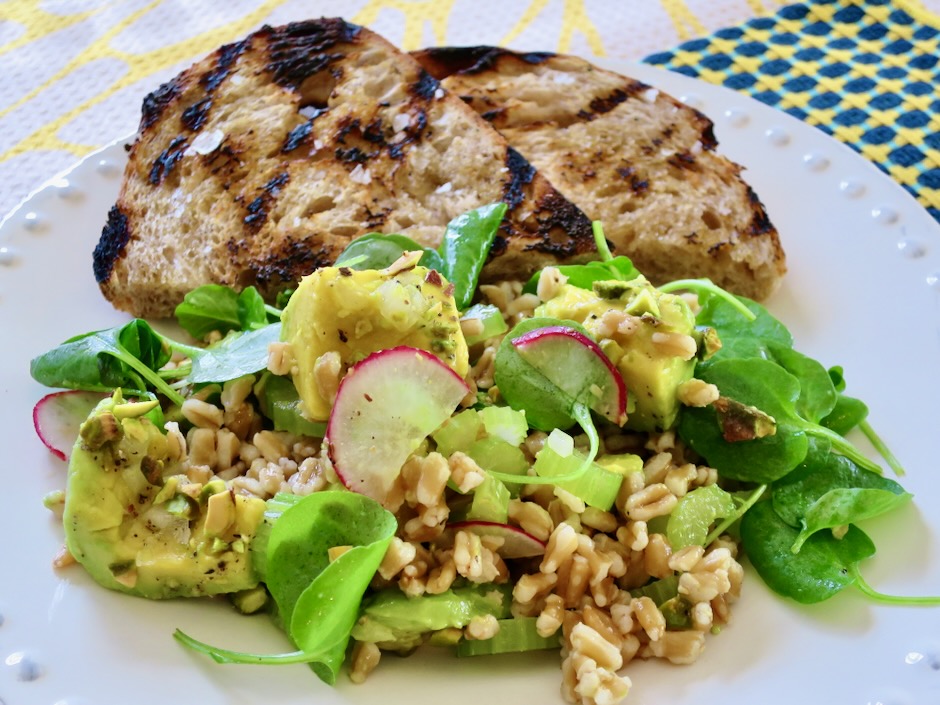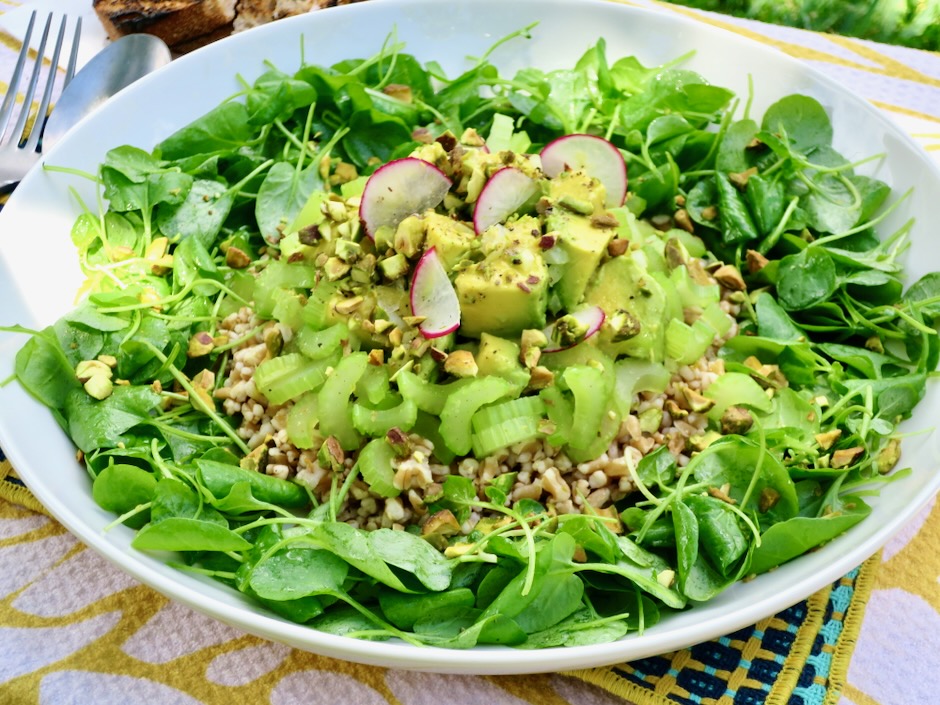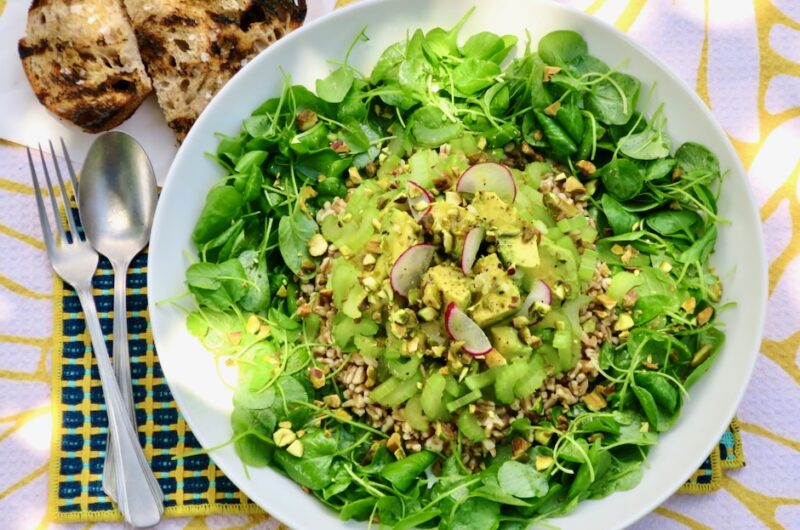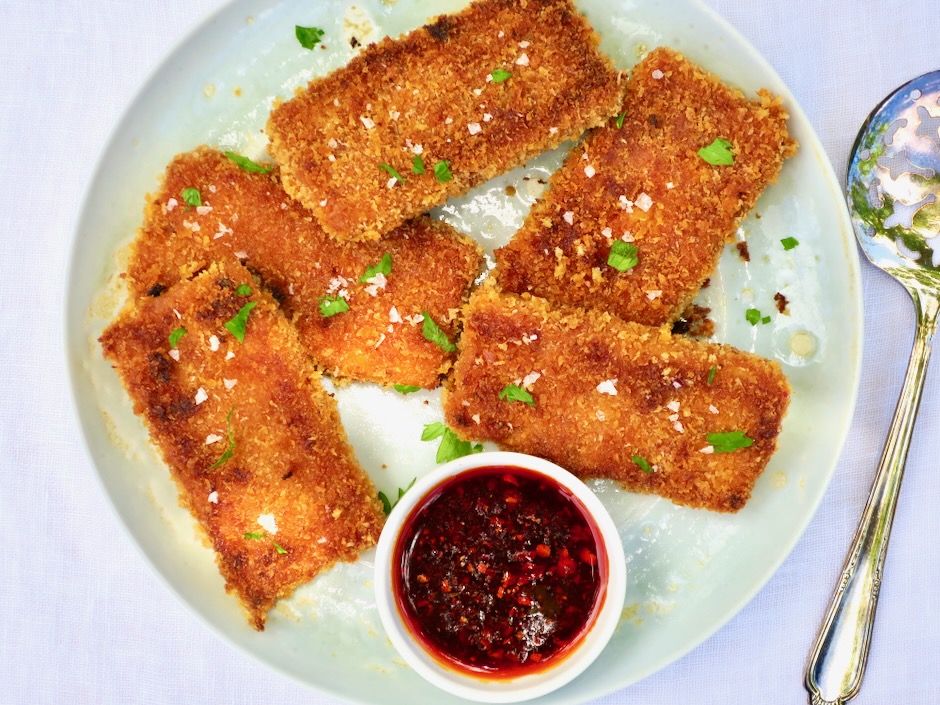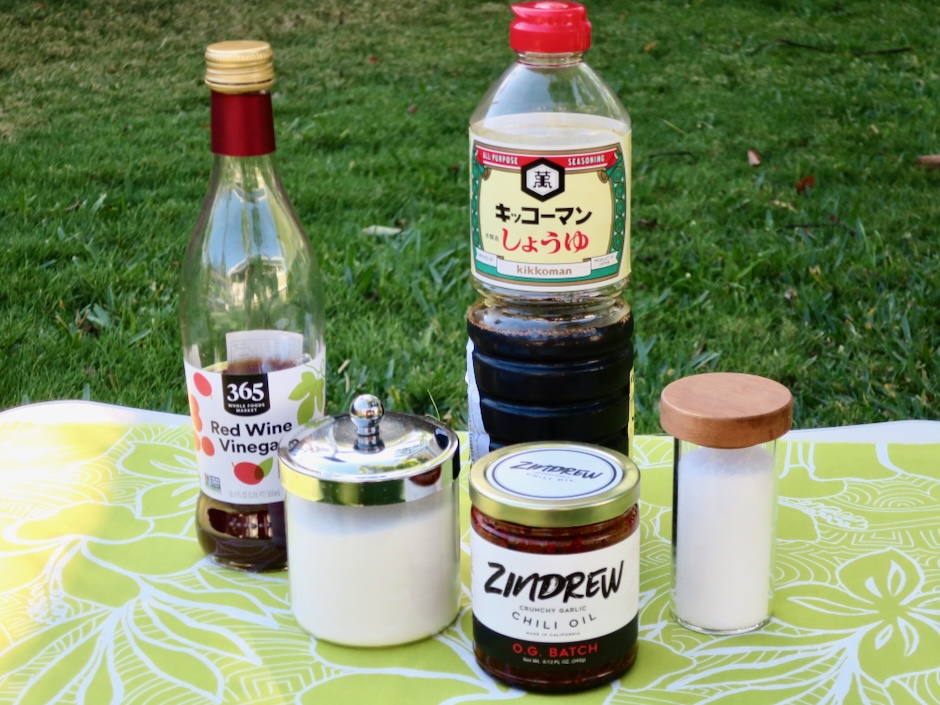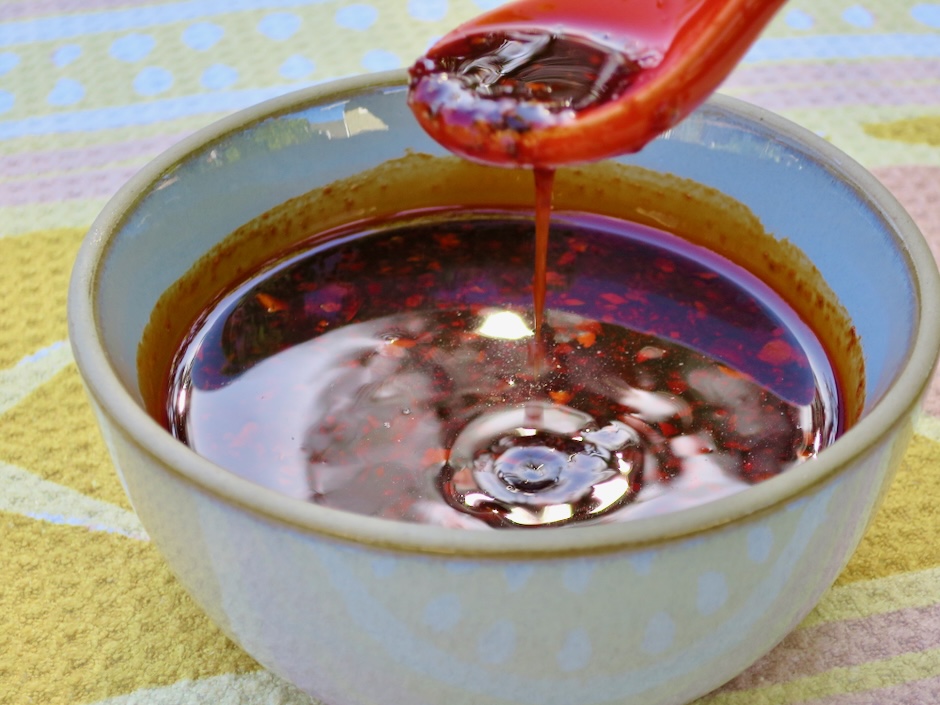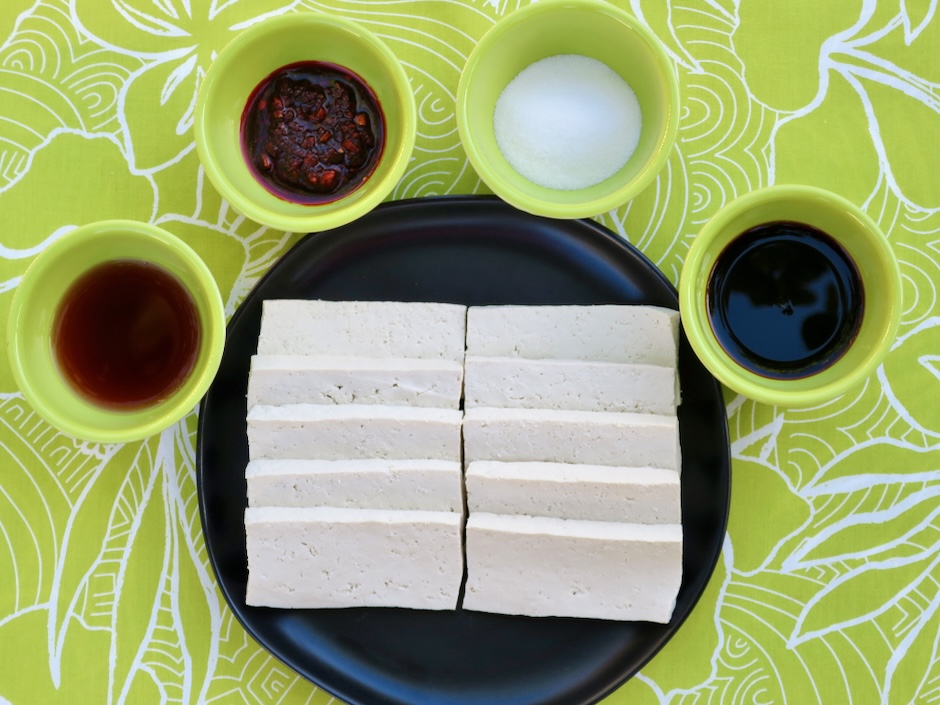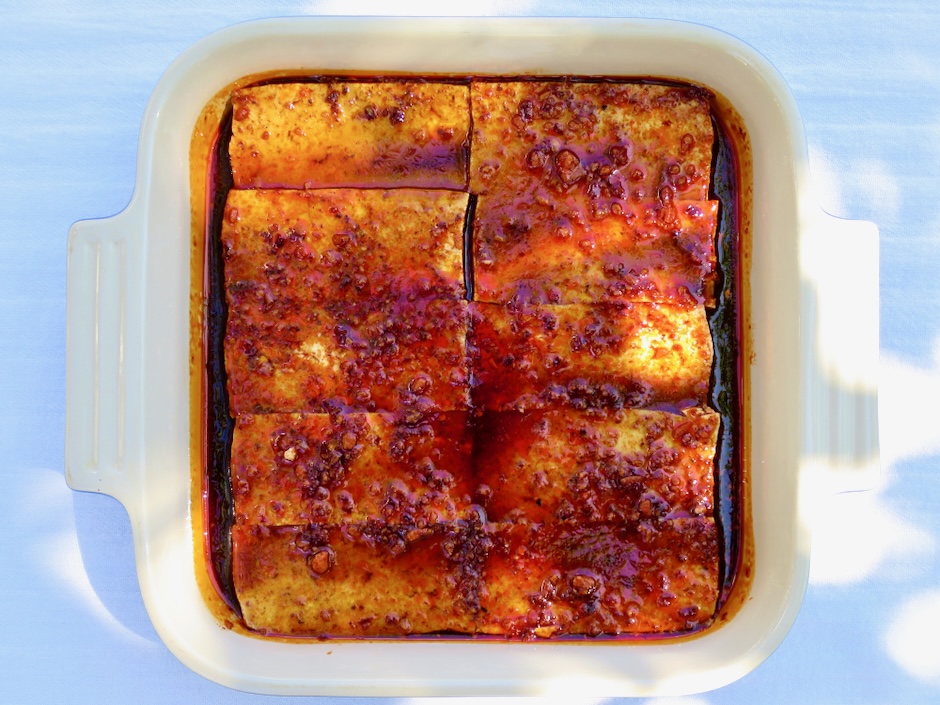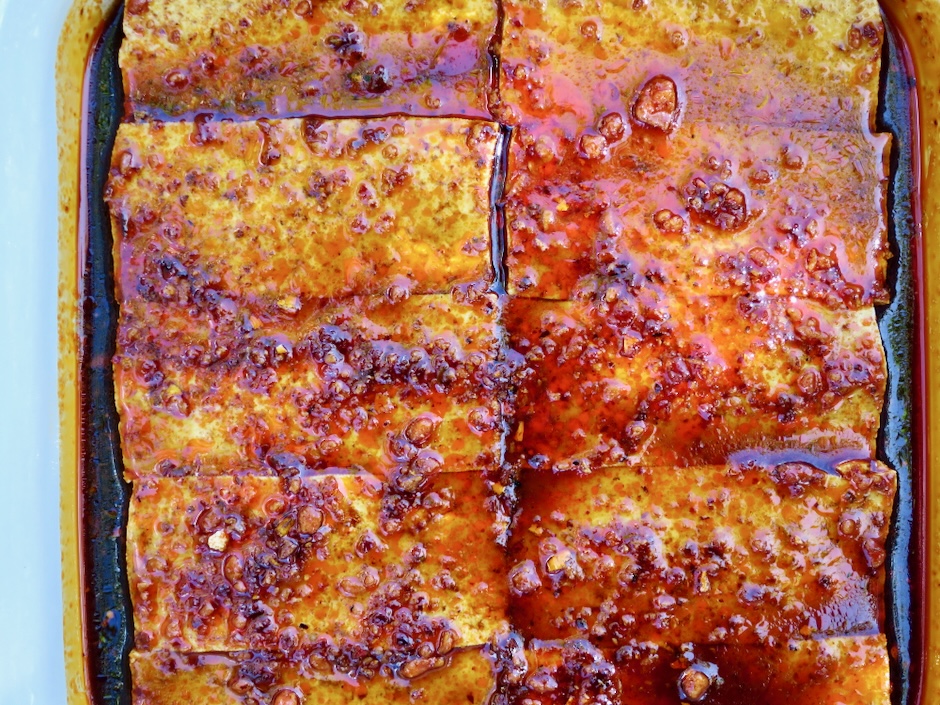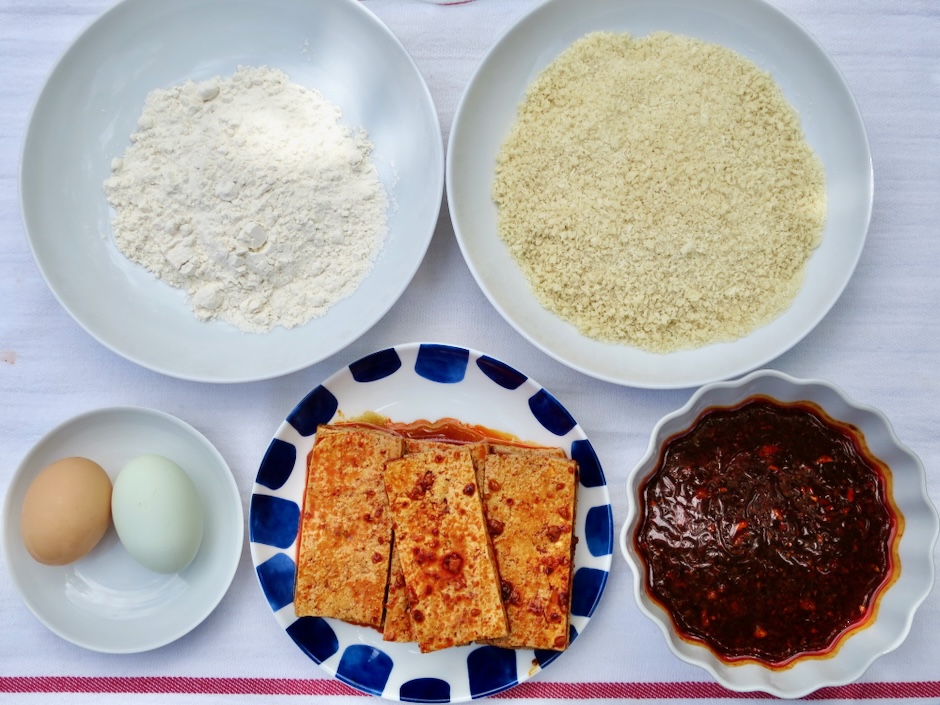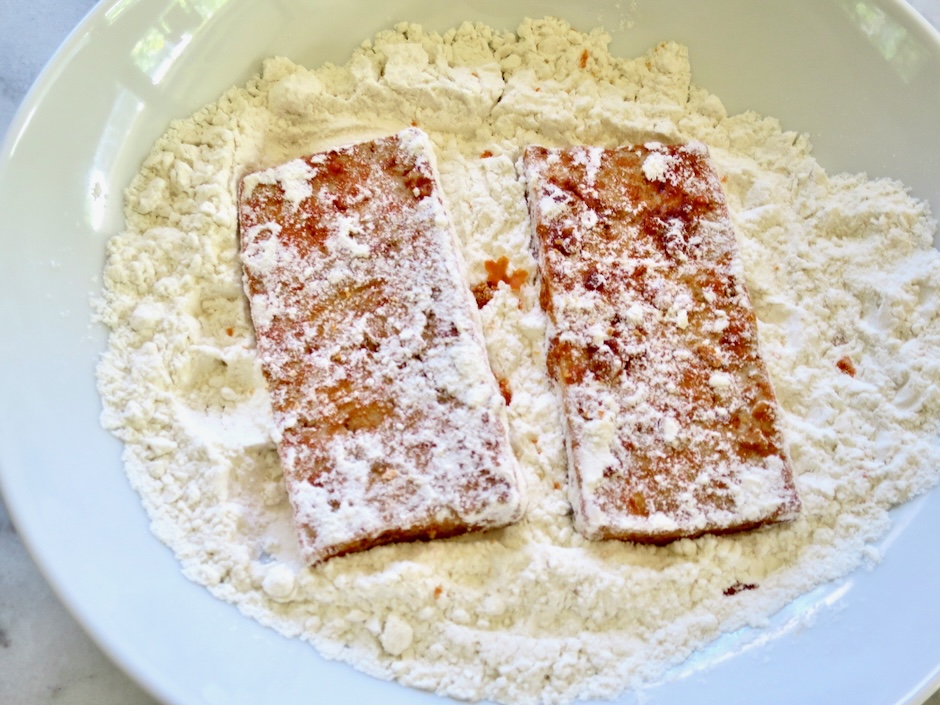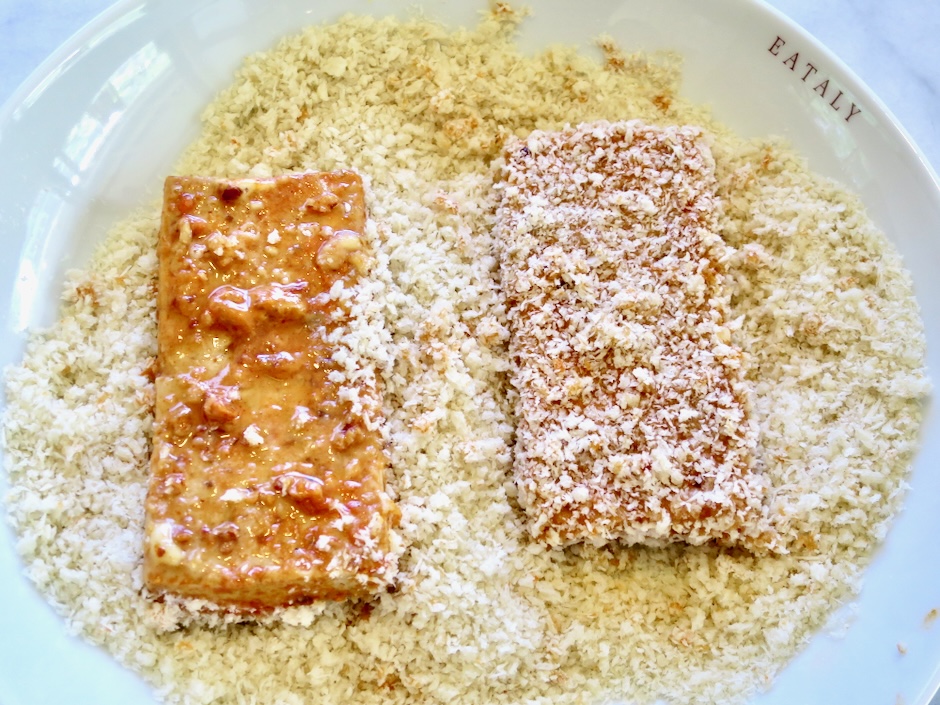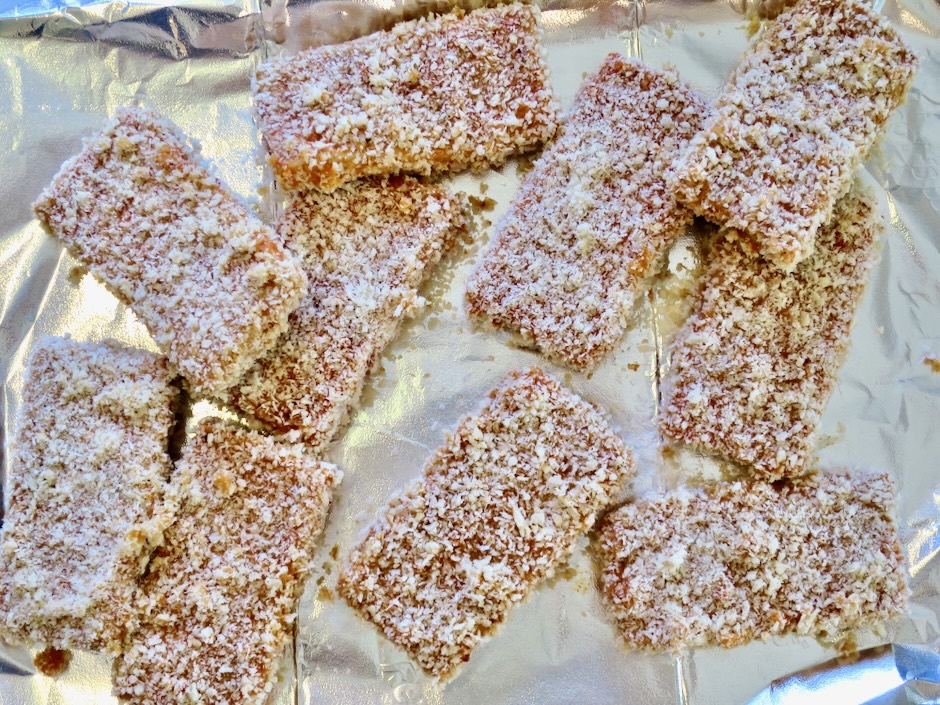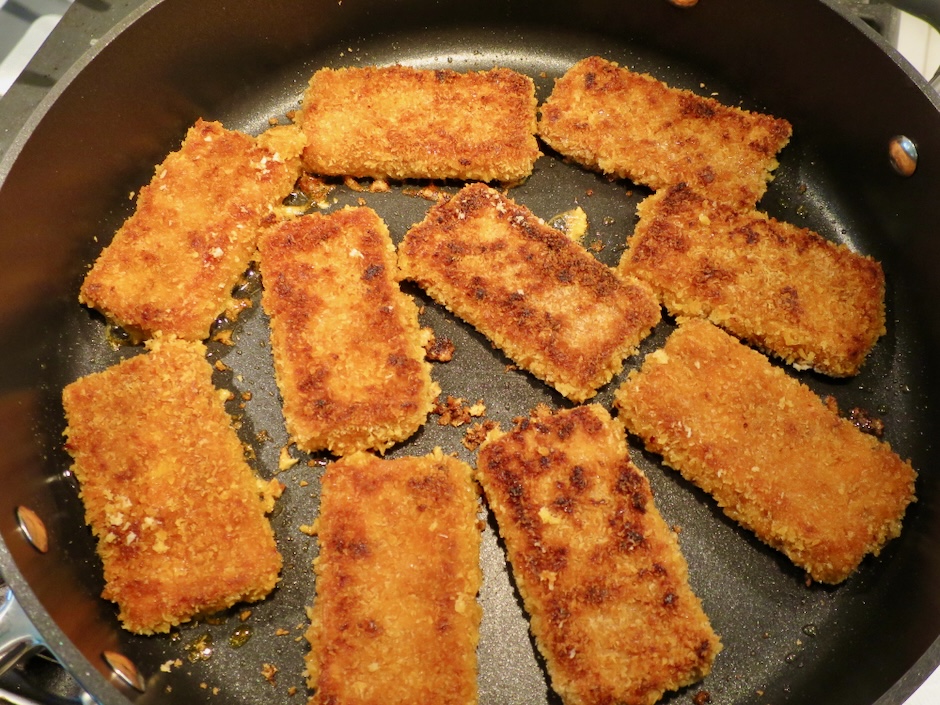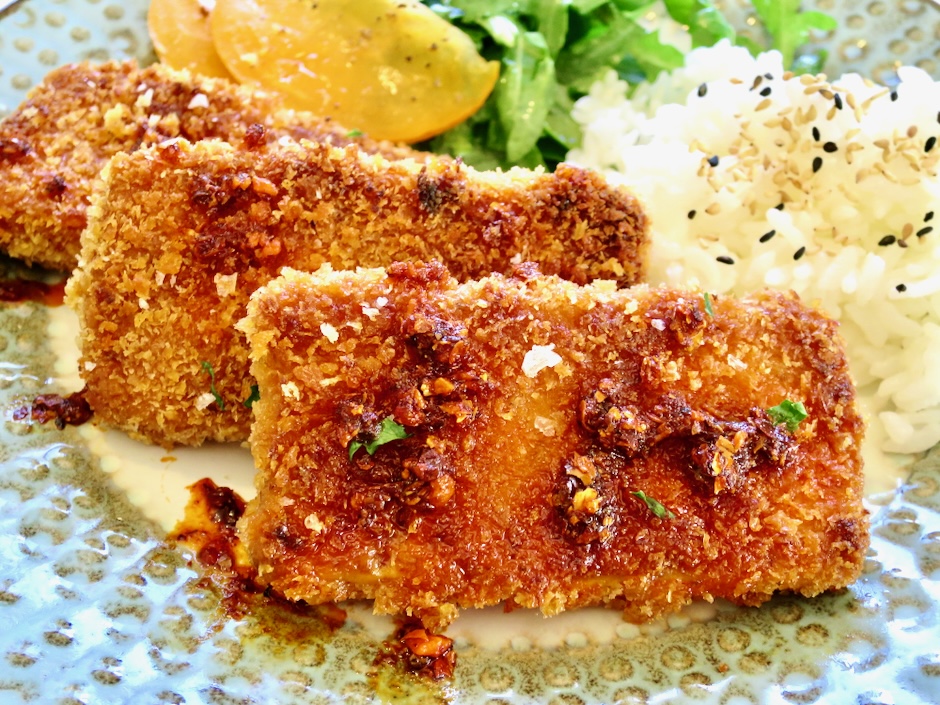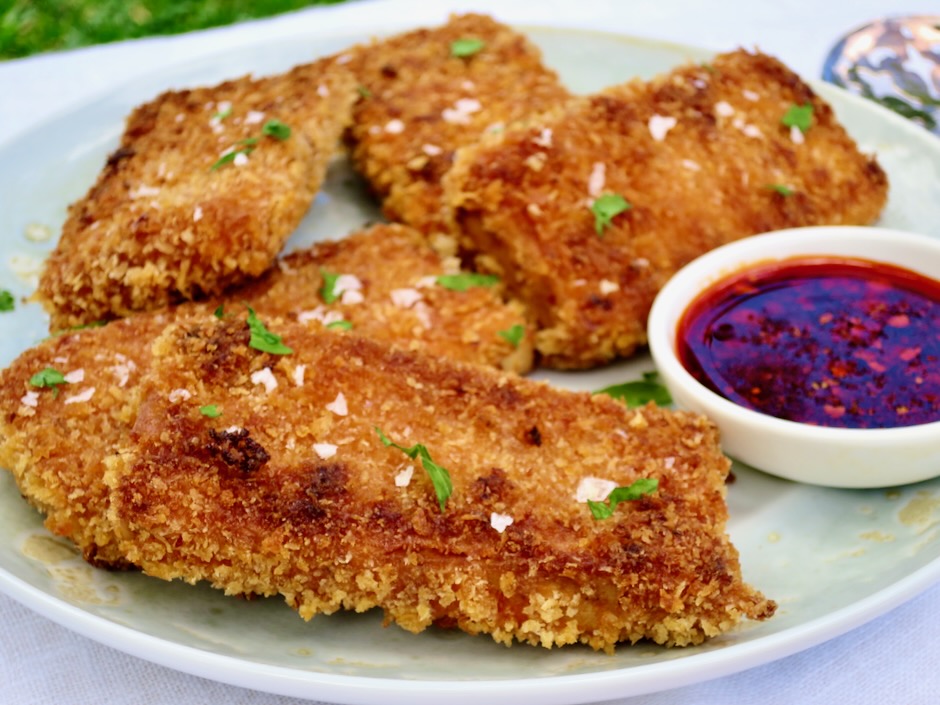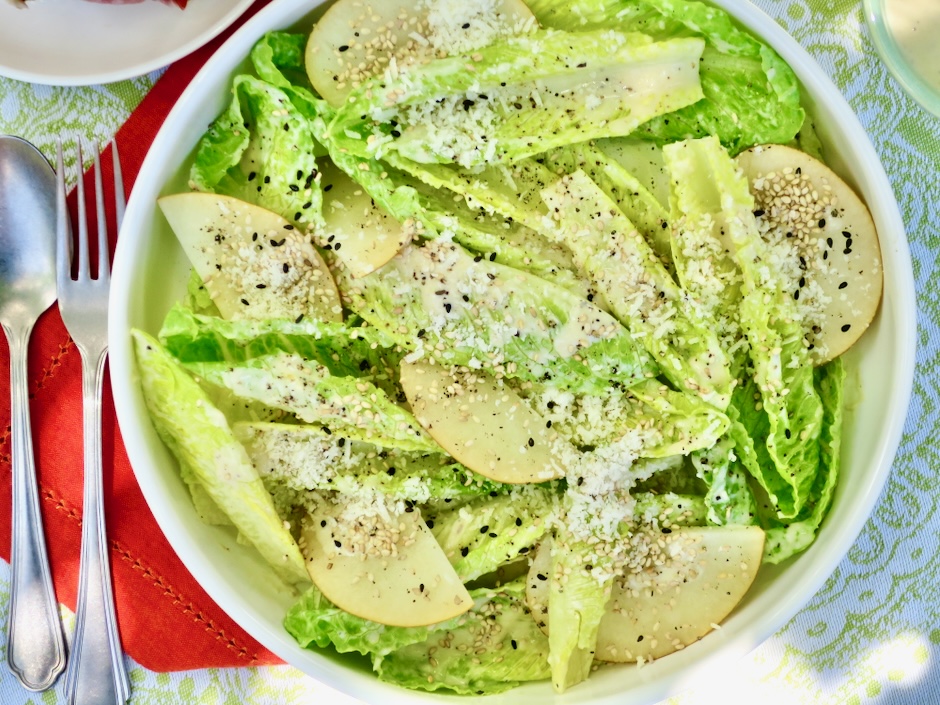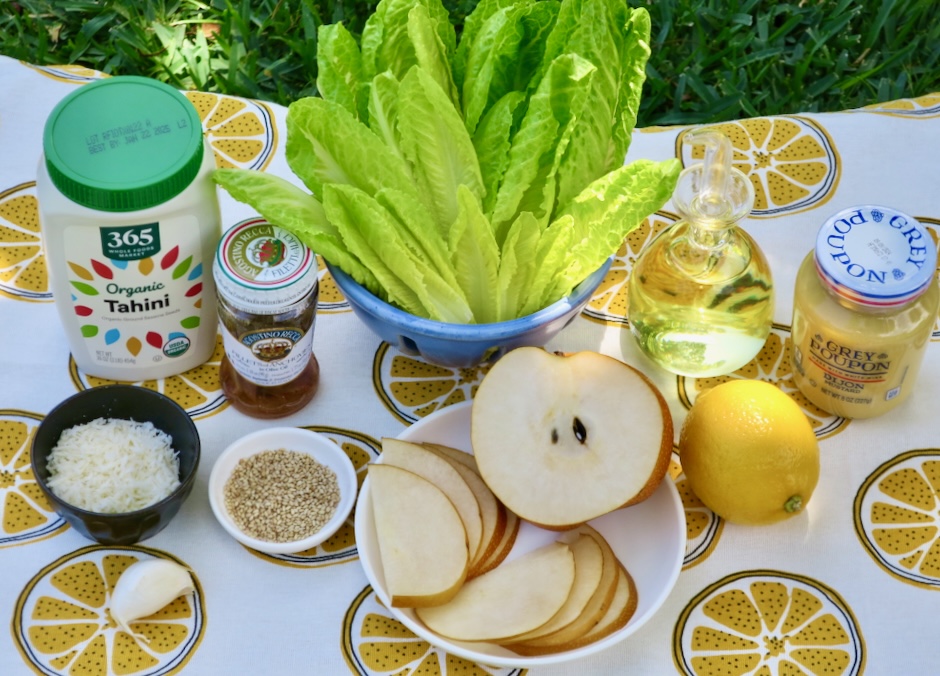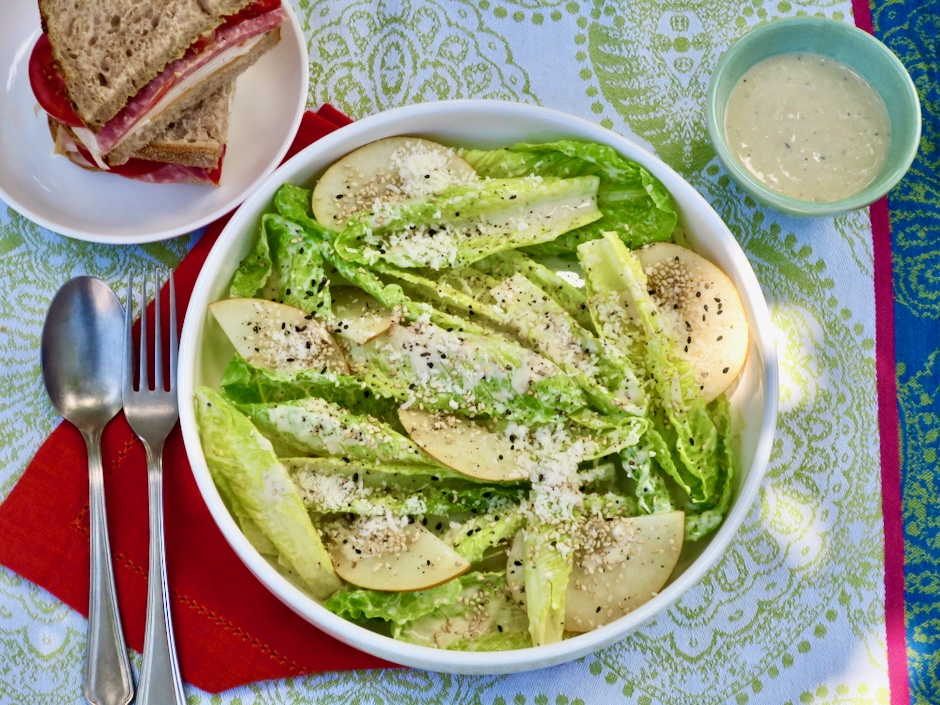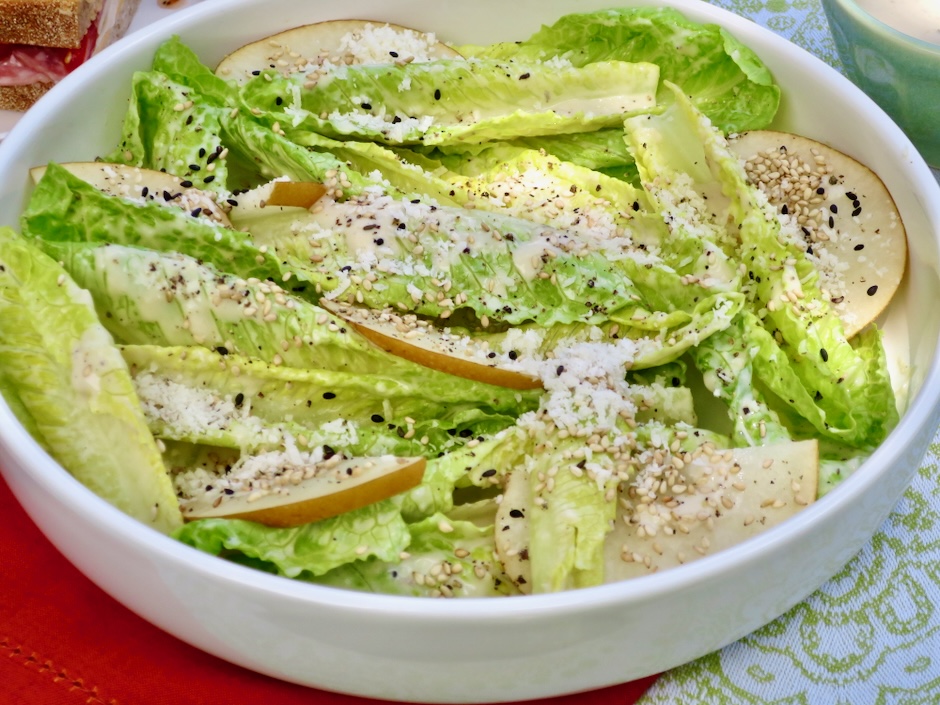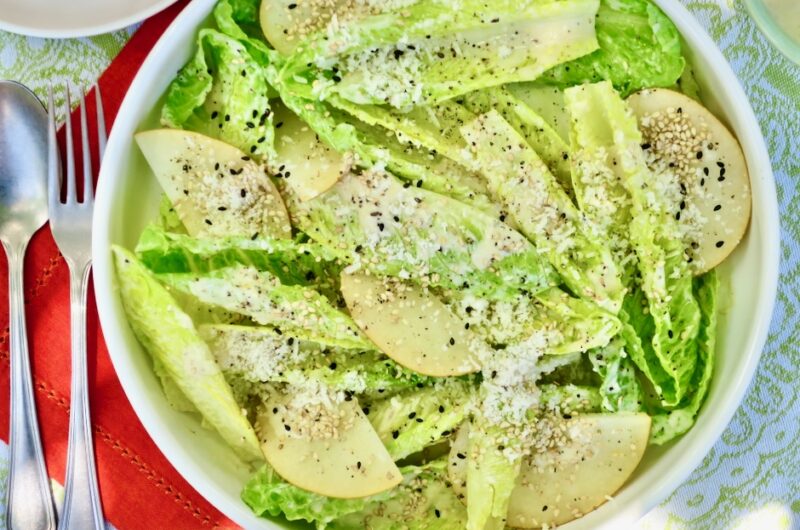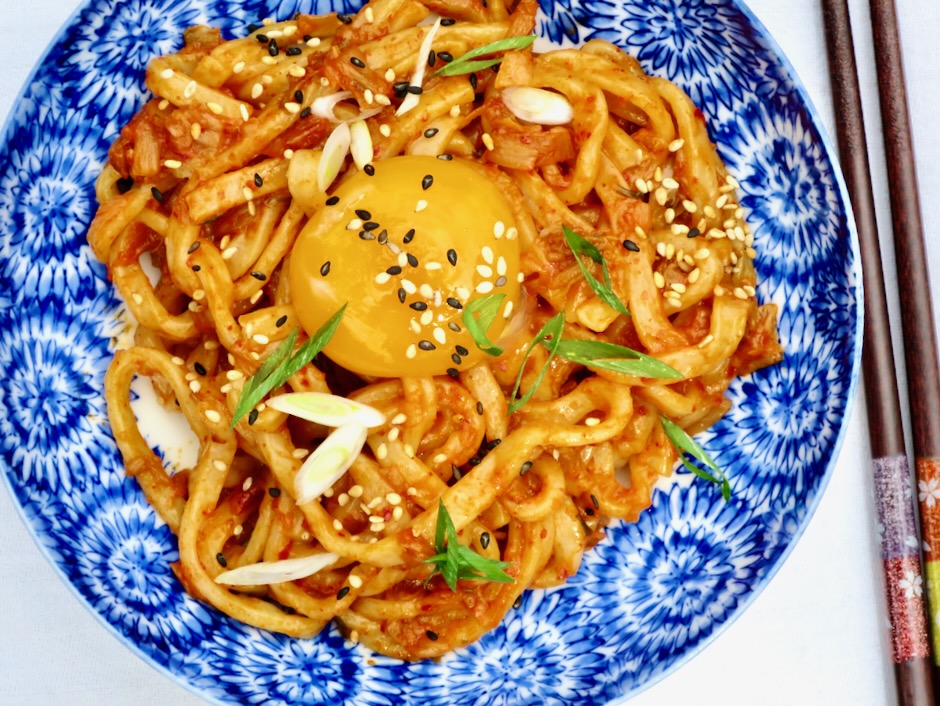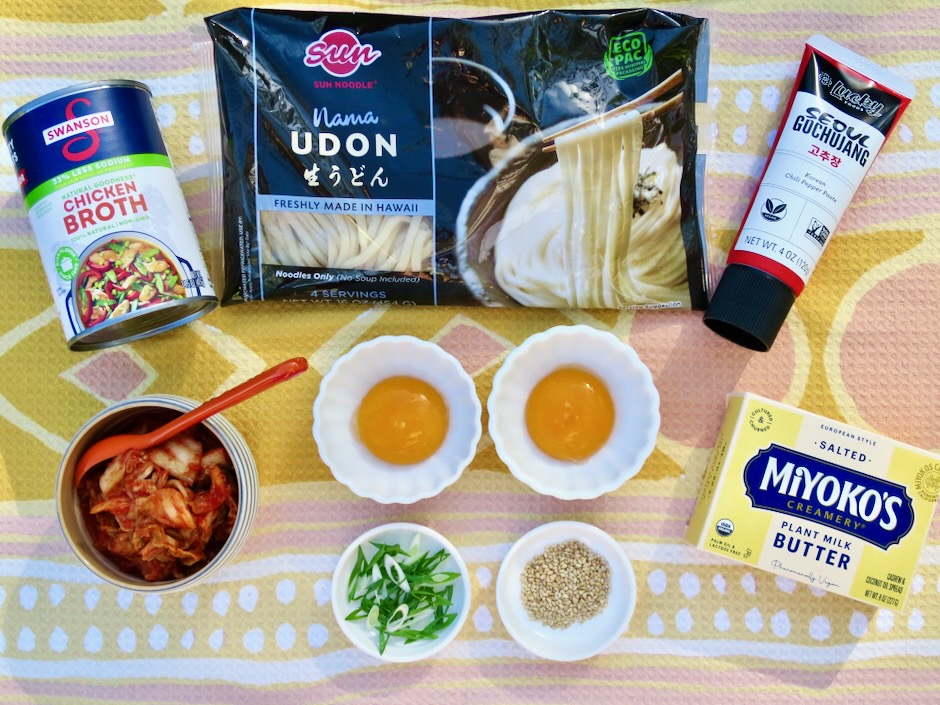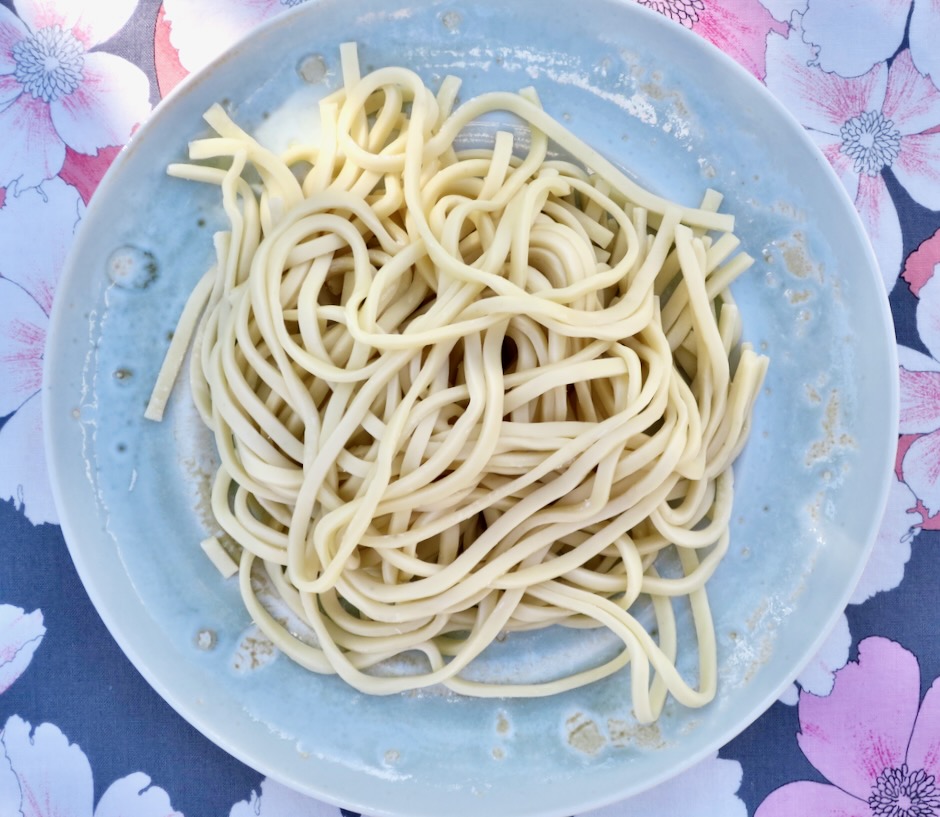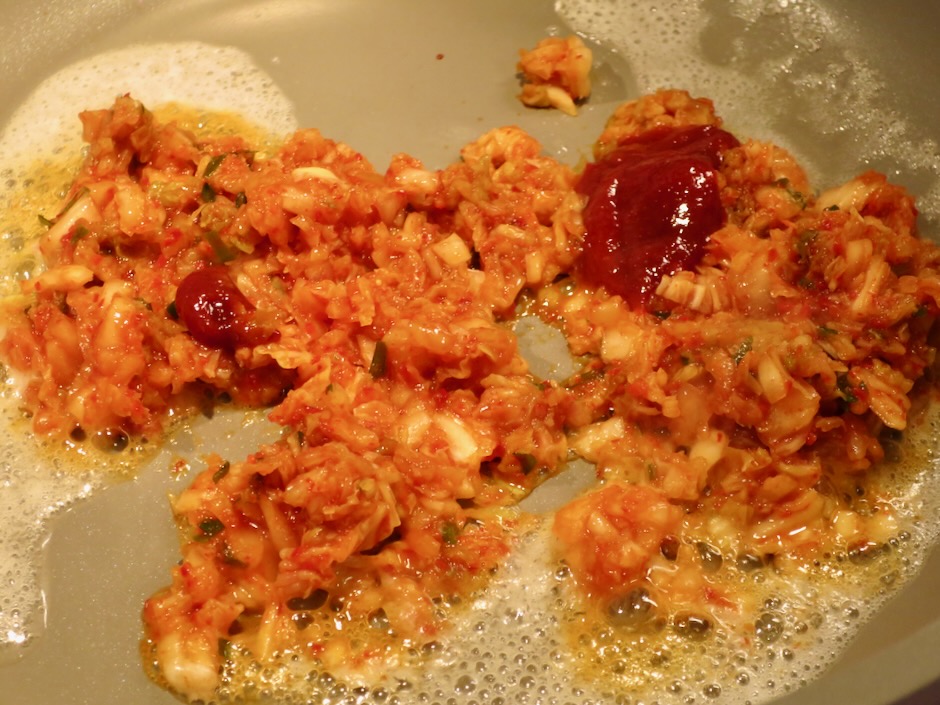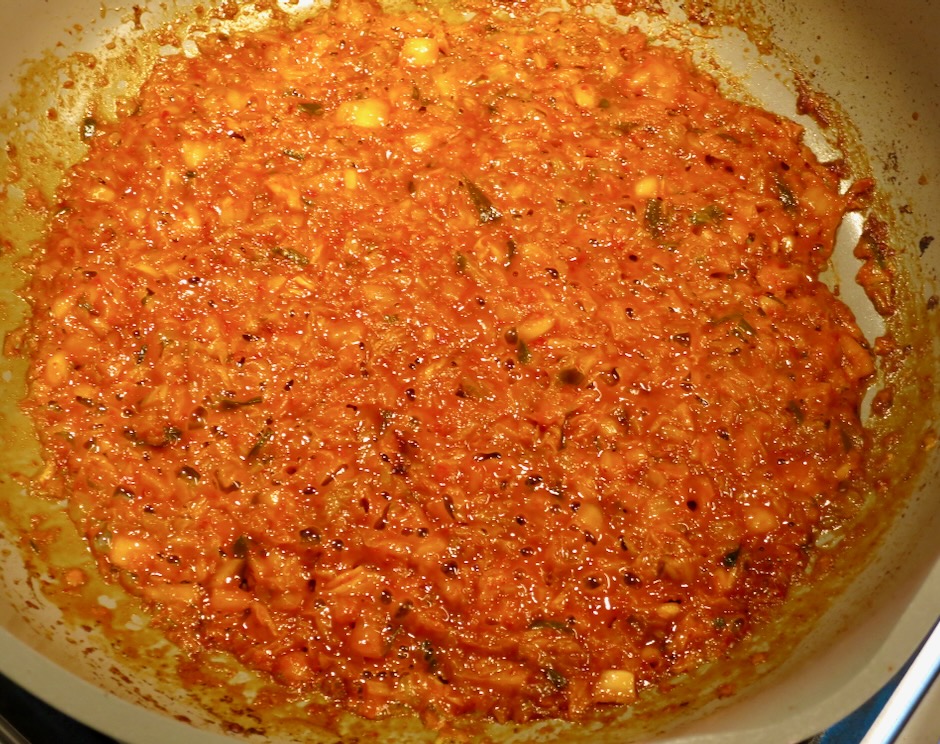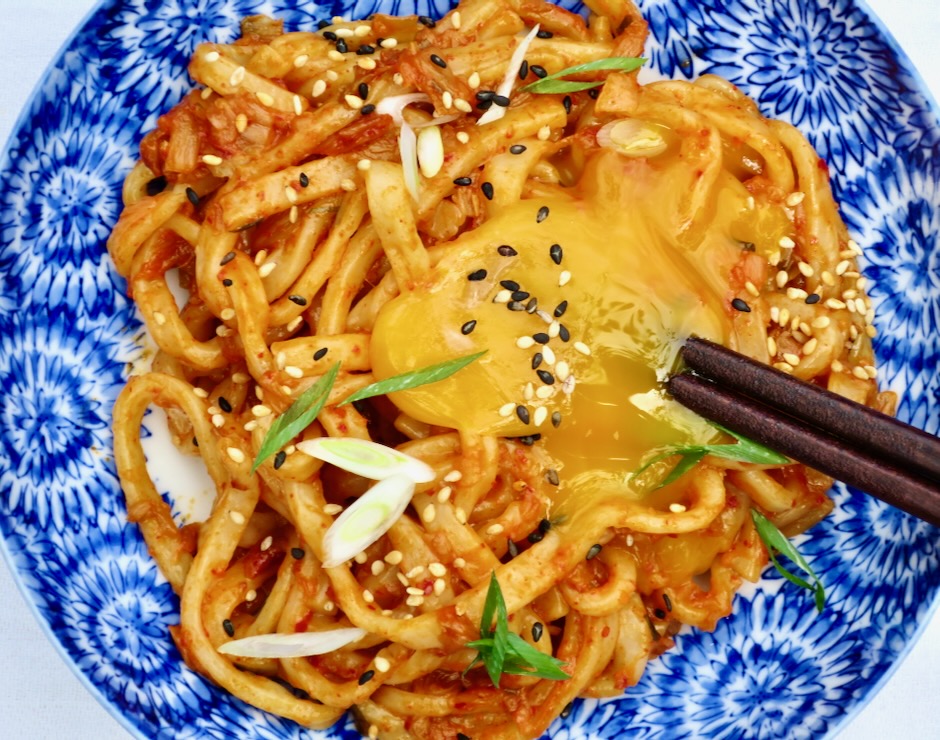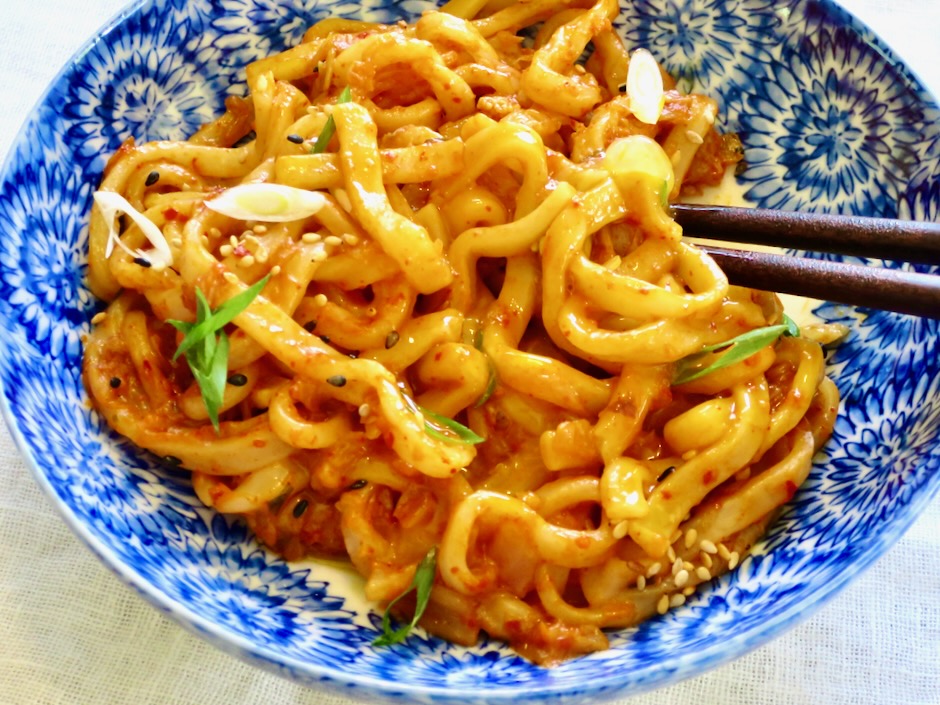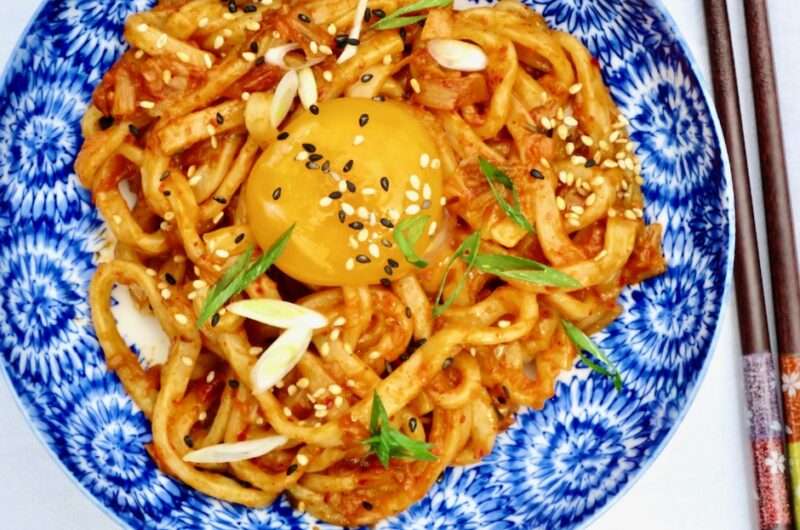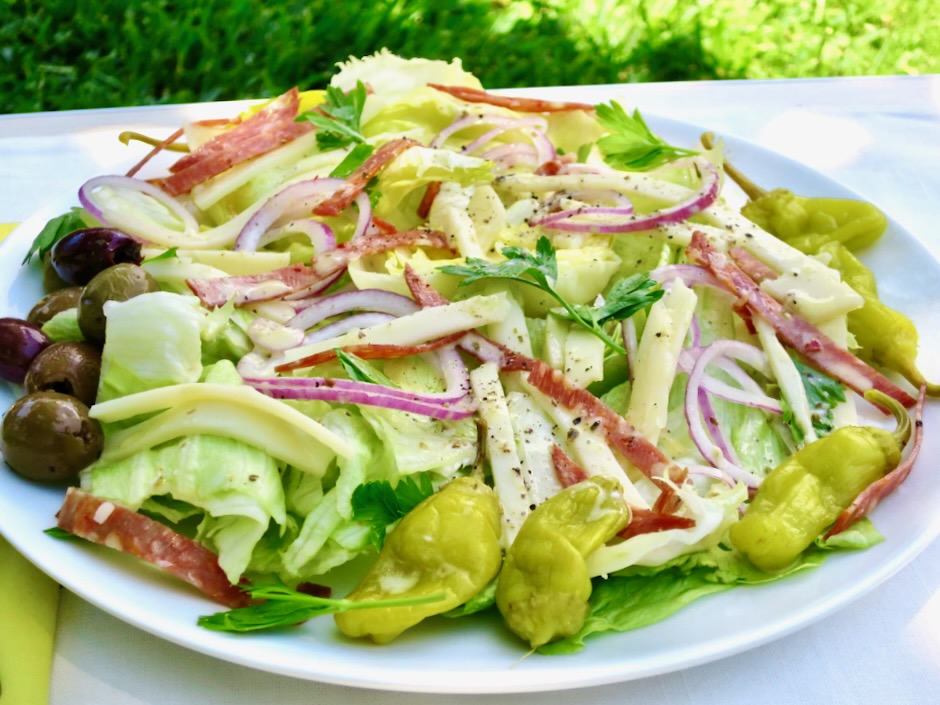
Crispy iceberg lettuce, tangy pepperoncini, savory bits of salami and provolone cheese are the perfect combination for a delicious summery salad. It’s one that you can make ahead for company or pack up for your beachside picnic.
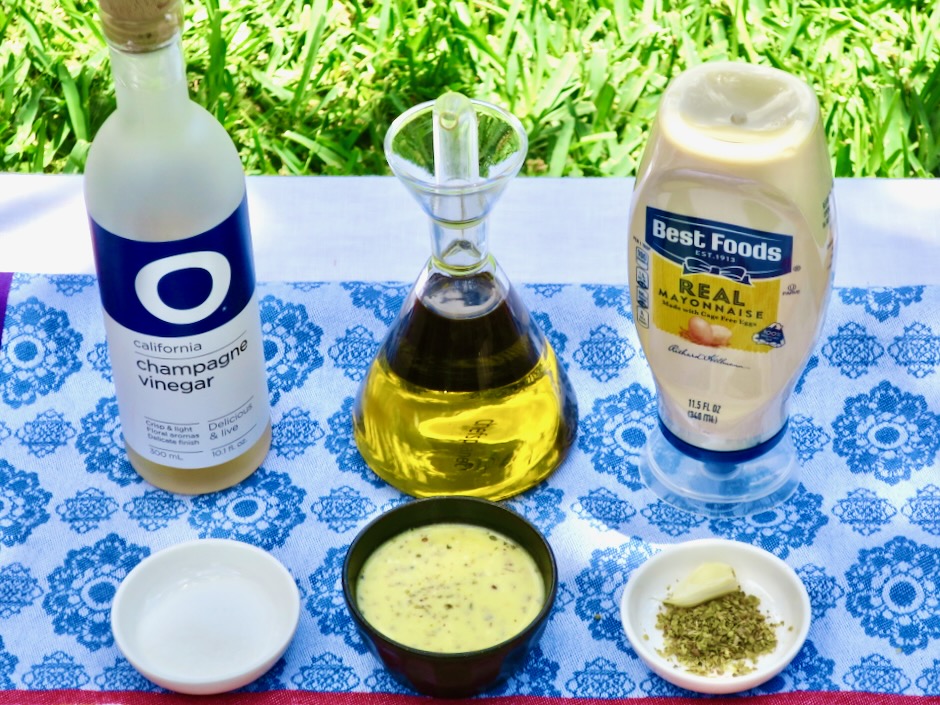
A little bit of mayonnaise is the special touch that makes this dressing extra luscious.
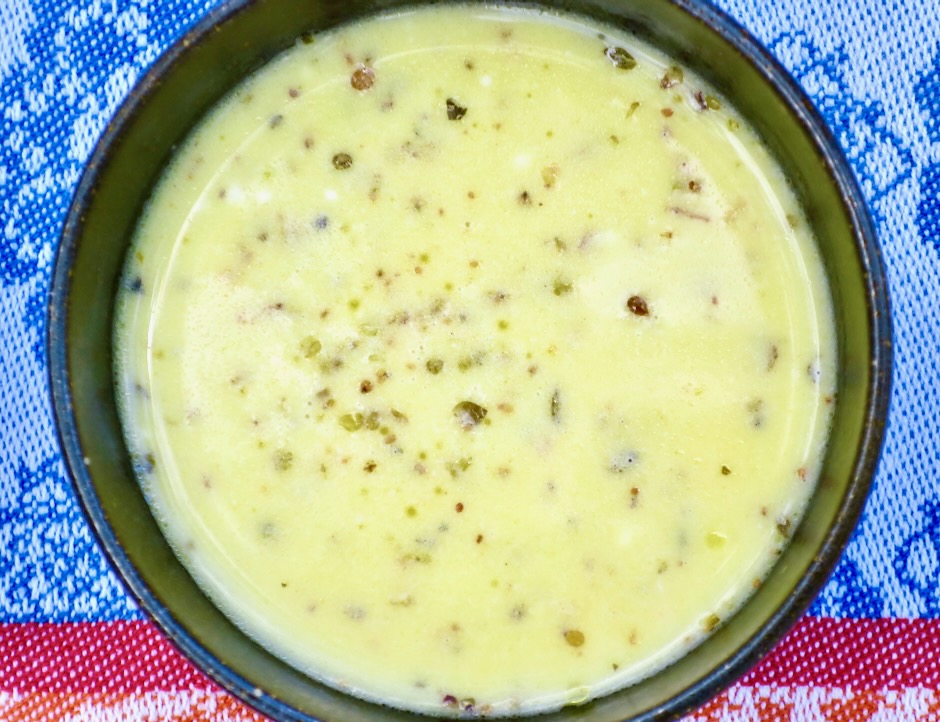
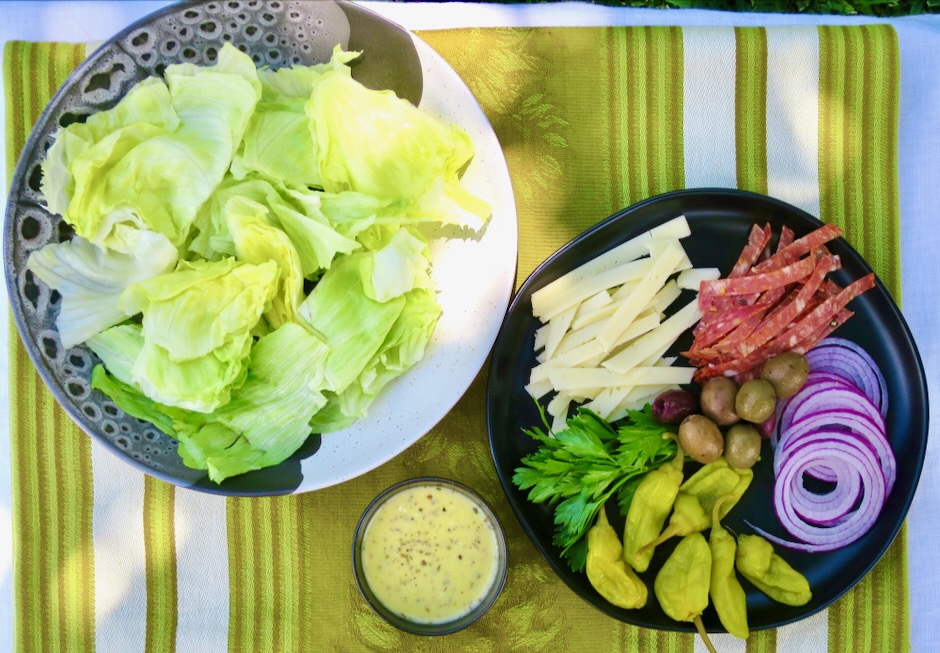
If you prep all the ingredients, which only takes 20 minutes, you can quickly assemble the salad just before you are ready to serve it.
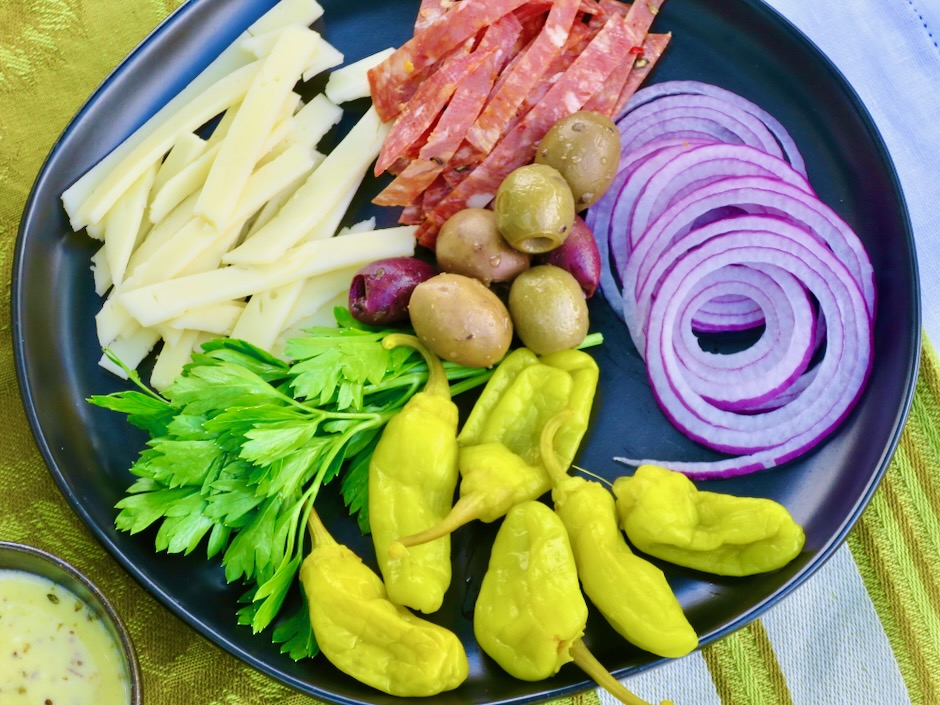
This salad reminds me of how much I love iceberg lettuce. The crunchy layers of leaves are what makes this salad stand out. Add some pleasantly salty salami, cheese, olives, thinly sliced red onion for a little kick and dressing with a hint of oregano for one of the best salads ever.
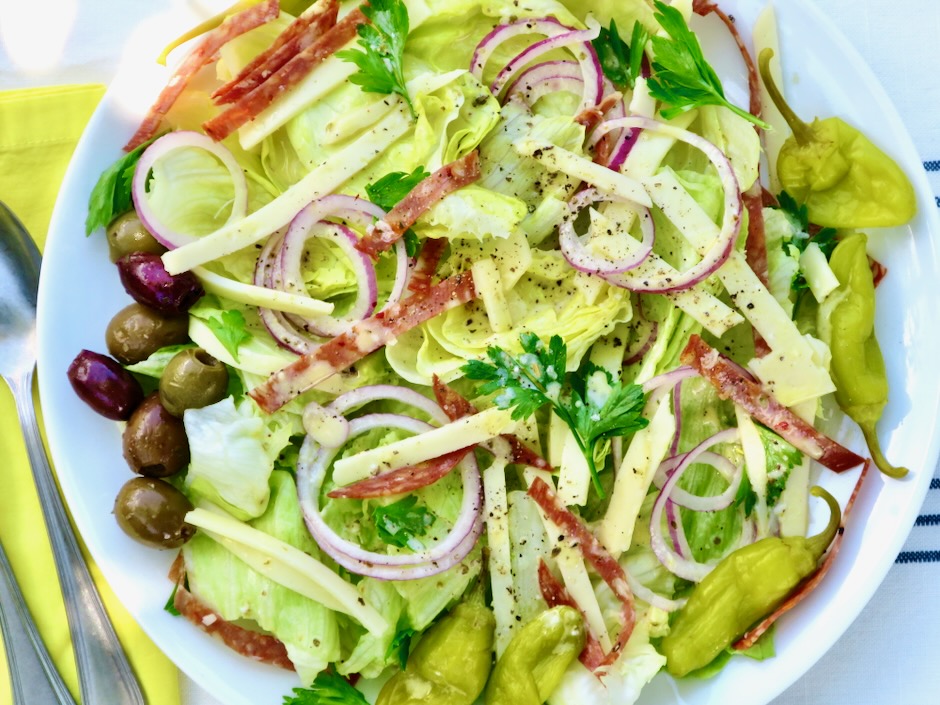
Italian Style Iceberg Salad
4
servingsIngredients
- Dressing
1/4 cup extra virgin olive oil
3 tablespoons champagne or white wine vinegar
2 tablespoons mayonnaise
1 1/2 teaspoons granulated sugar
1 teaspoon dried oregano
1/8 – 1/4 teaspoon finely grated garlic
Kosher salt & freshly ground black pepper
- Salad
1 small head iceberg lettuce
1/2 small red onion, thinly sliced into rings
2 ounces provolone cheese, thinly sliced into strips
1 ounce salami, thinly sliced into strips
Few sprigs of Italian parsley
6- 8 pepperoncini, halved if large
Mixed pitted olives (optional)
Directions
- Whisk oil, vinegar, mayonnaise, sugar, oregano, and garlic in a small bowl. Season to taste with salt and pepper. Chill dressing in the refrigerator for a few hours.
- Cut lettuce in half through stem end. Tear apart into large pieces. Arrange on a platter and scatter onion, cheese, salami and Italian parsley leaves over. Arrange pepperoncini and olives (if using) around the edge of the salad. Drizzle with some of the dressing and top with additional black pepper.
Notes
- Dressing can be made up to 5 days in advance.
